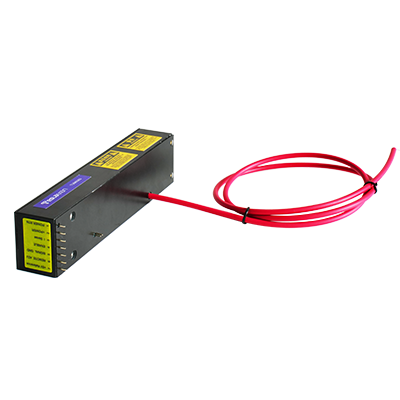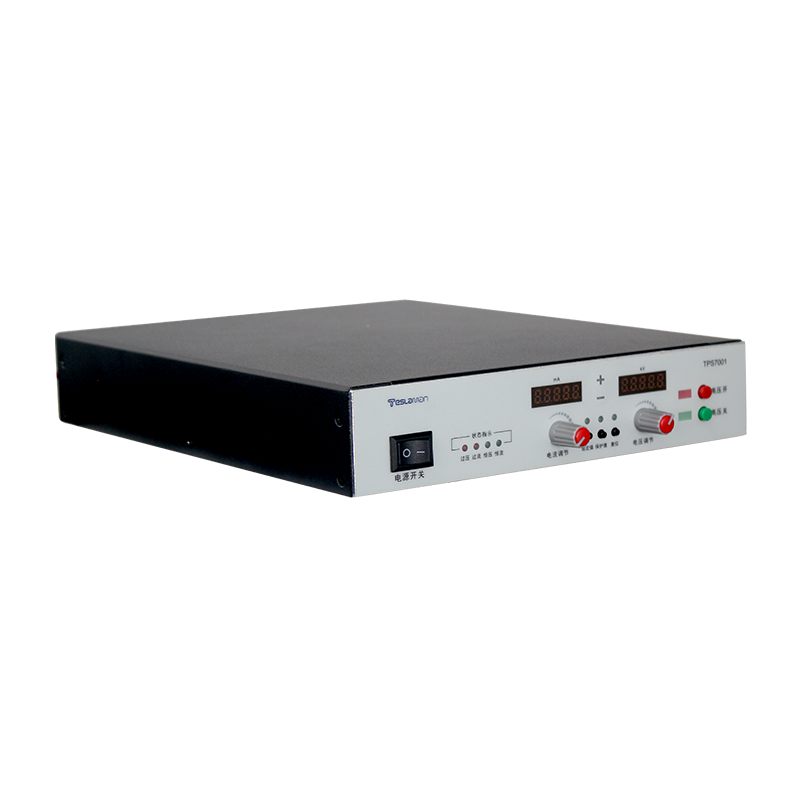Charge Dissipation Mechanism of High Voltage Power Supplies for Electrostatic Chucks
In high precision processing fields such as semiconductor manufacturing, electrostatic chucks have become crucial components for fixing workpieces like wafers due to their stable clamping force and good flatness. The normal operation of electrostatic chucks is inseparable from the high voltage power supplies supporting them, among which the charge dissipation mechanism plays a vital role in ensuring the stability of the production process and product quality.
Electrostatic chucks establish an electric field between the chuck and the workpiece through a high voltage power supply and use Coulomb force to achieve the adsorption of the workpiece. When a voltage is applied by the high voltage power supply, a large number of charges will accumulate on the surface of the chuck. These charges form a strong electrostatic attraction between the workpiece and the chuck, firmly fixing the workpiece on the chuck. However, after the processing is completed, if the charges cannot be dissipated in a timely and effective manner, many problems will arise. For example, residual charges may attract tiny particles such as dust in the surrounding environment, contaminating the workpiece surface and affecting subsequent processing accuracy; in extreme cases, charge accumulation may also trigger electrostatic discharge phenomena, causing irreversible damage to sensitive semiconductor devices.
The charge dissipation mechanism mainly involves two aspects: natural dissipation and active dissipation. Natural dissipation is based on the conductivity characteristics of the materials themselves. The chuck and the surrounding media are not ideal insulators. Even without external intervention, charges will slowly leak through these materials. However, the natural dissipation speed is relatively slow and difficult to meet the needs of efficient production. For example, in some production lines with high requirements for processing cycles, relying solely on natural dissipation may result in excessive residual charge time, affecting production efficiency and product quality.
Active dissipation accelerates the charge dissipation process through specific circuit designs and control strategies. A common active dissipation method is to introduce a discharge resistor or a discharge circuit in the high voltage power supply system. After the processing is completed, the control system will trigger the discharge circuit, allowing the charges on the chuck to be quickly released to the ground or other low potential points through the resistor. This method can reduce the charge to a safe level in a short time, greatly improving the charge dissipation efficiency. In addition, some advanced high voltage power supplies also adopt intelligent control algorithms, which can dynamically adjust the discharge parameters according to the real time charge detection on the chuck, further optimizing the charge dissipation effect.
There are many factors affecting the charge dissipation mechanism. The conductivity of the chuck material is one of the key factors. The higher the conductivity, the faster the natural dissipation speed of the charges. At the same time, environmental humidity will also affect charge dissipation. Higher humidity will increase the conductivity of the surrounding media and promote the natural dissipation of charges. In addition, the design parameters of the high voltage power supply, such as the magnitude of the output voltage and the resistance value of the discharge circuit, are also directly related to the efficiency of active dissipation.
In practical applications, to ensure the effective operation of the charge dissipation mechanism of high voltage power supplies for electrostatic chucks, the above factors need to be comprehensively considered. By reasonably selecting the chuck material, optimizing the circuit design of the high voltage power supply, and accurately controlling the environmental conditions, efficient and stable charge dissipation can be achieved, providing a reliable guarantee for high precision processing in industries such as semiconductor manufacturing and promoting the continuous development of related industries.




















